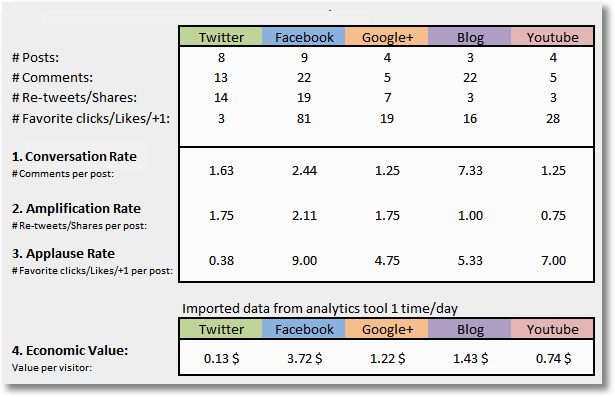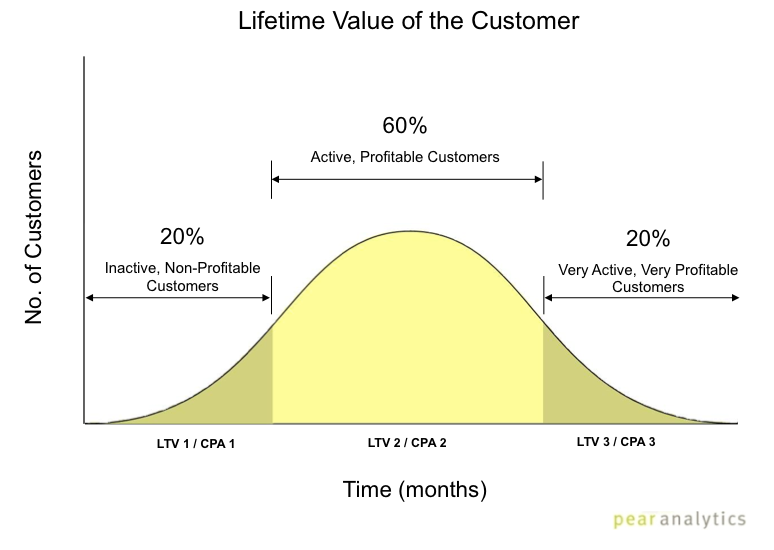Many metrics can be used to value market should you trust The Washington Post
Post on: 1 Апрель, 2015 No Comment

“Faced with the choice between changing one’s mind and proving that there is no need to do so, almost everyone gets busy on the proof.”
— John Kenneth Galbraith
Let’s take a look at the valuation of U.S. markets. This is relevant to investors, as valuation determines future expected returns.
There are three commandments to consider:
●Thou shalt consider a full assortment of all valuation metrics;
●Thou shalt not cherry-pick only those metrics that support your preferred outcome;
●Thou shalt focus on the very best measure of market valuation, according to academic research and data.
These should have the force of moral law for anyone who wants to understand whether stocks are cheap or expensive.
Starting with our first commandment, let’s look at a wide assortment of metrics that can help determine equity valuation.
The equity strategy group in Merrill Lynch’s research department looks across 16 measures — a full range of metrics that describe the U.S. stock market, including trailing price-to-earnings, Shiller price-to-earnings, price-to-book ratio and the Standard & Poor’s 500-stock index in terms of the price of gold or West Texas Intermediate crude oil. This approach shows the markets as being anywhere from cheap to expensive, depending on your favored metric. Last year, the valuation spectrum showed U.S. markets as slightly undervalued. More recently, they appear to be at fair value.
It is noteworthy that those who have ignored this approach have missed significant, ongoing gains in U.S. equities.
That leads us to our second commandment: Thou shalt not cherry-pick metrics that support your preferred valuation.
Anyone can point to a metric that shows stocks as either cheap or expensive.
Those who are bearish usually go for Trailing Price to Earnings ratio (17.1 P/E), which shows stocks as pricey, or the even more expensive Shiller’s Cyclically Adjusted PE, which show stocks as very pricey (26.8 CAPE).
Conversely, those who are bullish choose other metrics: They select price to free cash flow or price to normalized earnings to show markets as cheap. The Standard & Poor’s 500-stock index is valued at 22.3 times free cash flow — about 22 percent below its average reading from 1986 to 2014. Price to normalized earnings is at 18.6 times, or 2 percent less than its post-September 1987 average.
Consider what professors Eugene Fama (University of Chicago Booth School of Business, 2013 Nobel laureate in economic sciences) and Ken French (professor of Finance at the Tuck School of Business at Dartmouth College) have observed about all of these different methods of valuation: “Different price ratios are just different ways to scale a stock’s price with a fundamental, to extract the information in the cross-section of stock prices about expected returns.”
That sounds complex, but it can be simplified as follows: Are stocks priced above or below their historic fair value? Based on that, are future returns likely be higher or lower than average?
This simple explanation is what all of these data points are really attempting to figure out. Metrics based on fundamental factors are trying to discern average historic valuation. But it is important to recognize how easily different people can reach different conclusions, like in John Godfrey Saxe’s poem about the blind men describing the elephant. Some of that is a function of what part of the beast they are touching, while other times it is a result of their own biases.
Given how many ways there are to measure stock prices, those who give in to their personal predilections have a wide variety of choices. However, selecting the metric that supports your existing position tells us nothing about the markets and everything about your previously held beliefs.
Hence, I am always wary when a specific metric is selected to prove how cheap or expensive markets are — especially if that analyst had previously ignored said metric.
So we have looked at a broad assortment of metrics. This has some value, but it is inconclusive. And this approach specifically keeps our selective perception from duping us into cherry-picking the metric that suits our preferences.

Now, the last commandment: Picking the metric with the very best historic track record.
Wouldn’t it be fantastic if we could filter out the noise and go straight to a single best measure of stock market valuation? To do just that, we turn to the academic literature. As it turns out, a number of studies point to ways to assess the value of a stock market.
Perhaps the most readable of these is from Wesley Gray and Jack Vogel: “Analyzing Valuation Measures: A Performance Horse-Race Over the Past 40 Years” (Drexel University, January 2012). A close second is Tim Loughran and Jay W. Wellman’s “New Evidence on the Relation Between the Enterprise Multiple and Average Stock Returns” (Journal of Financial and Quantitative Analysis, 2010).
These papers (and others) have identified a ratio that has been described as the single most successful measure of valuation in terms of historical track record: EV/EBITDA.
EV stands for “enterprise value”; EBITDA is the acronym for “earnings before interest, taxes, depreciation and amortization.”
Enterprise value is somewhat different from a company’s market value. To calculate EV, we take the number of shares outstanding times the company’s stock price. Add in the amount of debt outstanding, then reduce by the cash/short-term investments. Lastly, subract any other holdings that have value (i.e. ownership in other companies). Enterprise value is a comprehensive measure of the core business.
EBITDA lets an investor compare revenues with expenditures. Perhaps the best way to think of this is as taking the revenue and subtracting the costs that go solely into running a business. That removes any financial engineering and many accounting gimmicks from the equation. It is a fairly simple way to consider a firm’s efficiency at its core business.
Enterprise value for the S&P 500 has risen no higher than 10 times EBITDA since stocks began their bull-market run in March 2009, according to data compiled by Bloomberg. The peak was reached last month. The EV/EBITDA ratio reached 12.6 in 2007, when the credit-fueled five-year advance ended in a broad financial crisis.
Hence, what has been considered the best-performing measure of markets suggests that U.S. stocks are not expensive — are indeed priced fairly. This strongly suggests that the expected future returns for U.S. equities will be about their historic average.
Those who have been using valuation as an excuse to stay away from equities are likely to be disappointed in their own market-timing skills.
Ritholtz is chief executive of Ritholtz Wealth Management. He is the author of “Bailout Nation” and runs a finance blog, The Big Picture. On Twitter: @Ritholtz .














